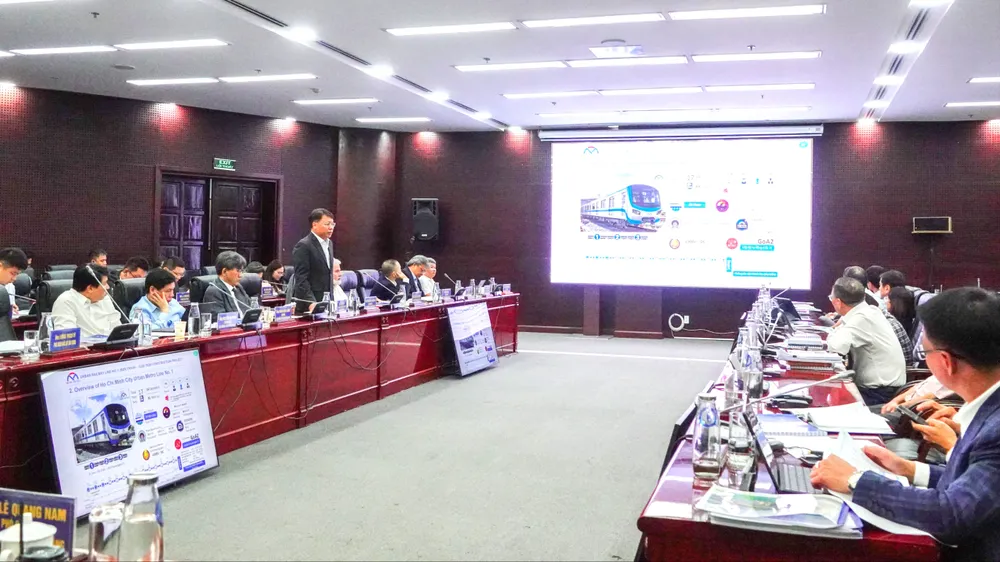
Infrastructure breakthrough
With its rapid development and the recent reorganization of administrative units, Da Nang City is facing increasing pressure on transportation connectivity, pollution, and the travel needs of residents and tourists. Therefore, Da Nang needs a breakthrough in infrastructure to maintain its growth momentum and improve the quality of life.
At the workshop, Mr. Le Quang Nam, Vice Chairman of the Da Nang City People's Committee, affirmed that the most strategic solution is to build a modern, efficient, and sustainable urban railway system.
"This is not just a transportation project, but a visionary undertaking, reflecting the aspiration to elevate Da Nang to a regional level, connect functional areas, promote economic growth, and create a greener, cleaner, and more beautiful living environment for future generations," shared Mr. Le Quang Nam, Vice Chairman of the Da Nang City People's Committee.
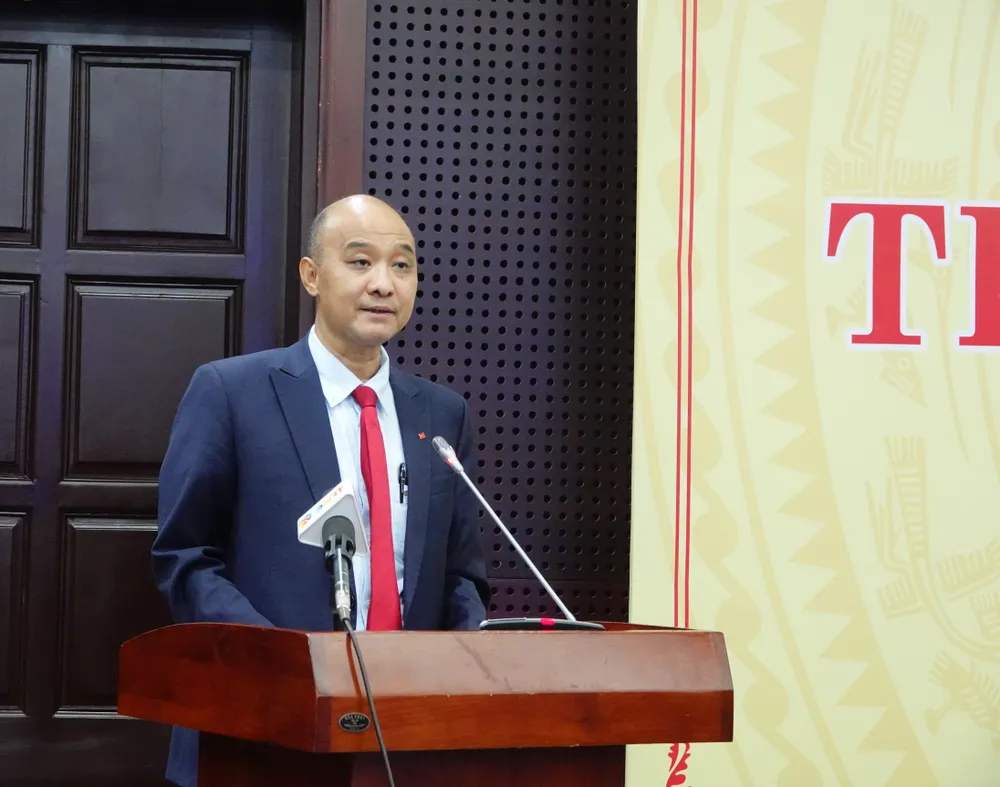
According to the plan, the urban railway network of Da Nang includes 16 routes with a total length of nearly 300km, connecting areas from Lien Chieu - seaport - free trade zone, Da Nang international airport, city center, industrial parks, to Hoi An, Tam Ky and Chu Lai airport. In which, the two priority routes for research are the route connecting Da Nang International Airport - Hoi An - Tam Ky - Chu Lai and the route connecting the high-speed railway station to the Central urban railway station; expected to be completed in 2030.
According to Mr. Luong Thach Vy, Deputy Director of the Da Nang City Department of Construction, investing in a nearly 300km urban railway system requires significant resources. The city aims to mobilize capital from multiple sources: public investment, ODA, and PPP (Public-Private Partnership). In addition, areas around the stations will be developed according to the TOD (Transit-Oriented Development) model – a model of cities oriented towards public transport, which will both attract passengers and create land reserves and revenue for reinvesting in infrastructure.
The golden time for Da Nang
According to Mr. Nguyen Cao Minh, Head of the Hanoi Urban Railway Management Board, urban railway is the "backbone of public transport", but the investment, construction and operation process is very complicated, requiring careful preparation in terms of institutions, planning, technology and human resources.
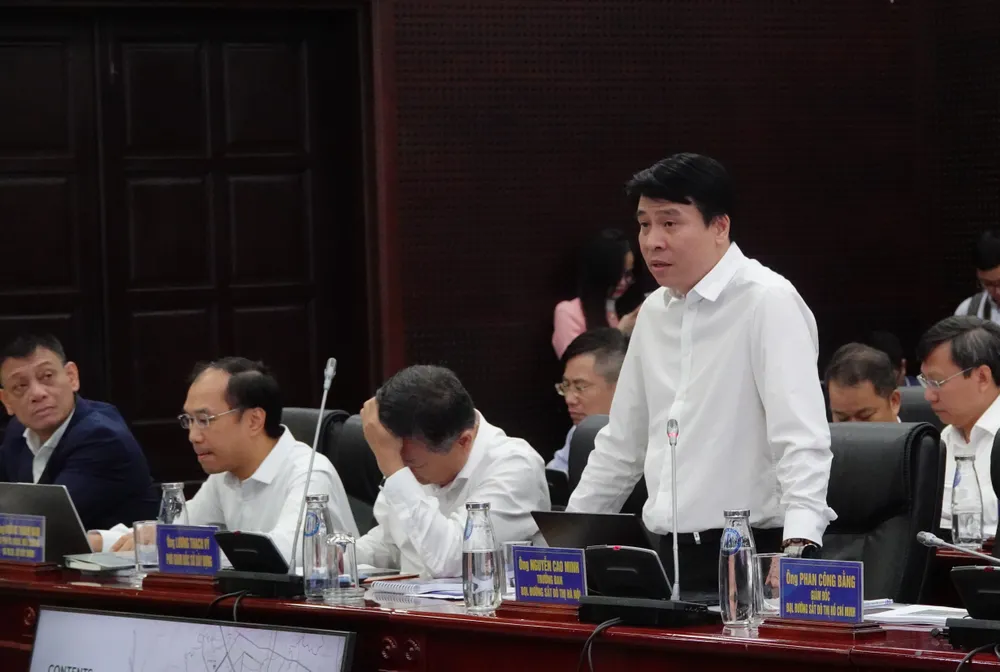
"A 20km metro line can be built in 5 years, but the testing and system calibration phase alone takes 12 months. All components must be perfectly integrated to ensure continuous and safe operation," Mr. Minh cited as an example.
According to Mr. Minh, the major lesson learned from Hanoi is the need for unified planning from the outset, linking metro infrastructure with urban development, housing, and other public transportation options. The Transit-Oriented Development (TOD) model is considered an essential direction to mobilize social resources, combining urban, commercial, and service development around stations, creating added value for land and reinvesting in public transportation infrastructure.
“Da Nang is at a golden time to build urban railways. If we delay, when people are too familiar with personal transport, changing their behavior will be very difficult. This is an opportunity for the city to break through, change its appearance and form a modern traffic culture,” Mr. Minh emphasized.
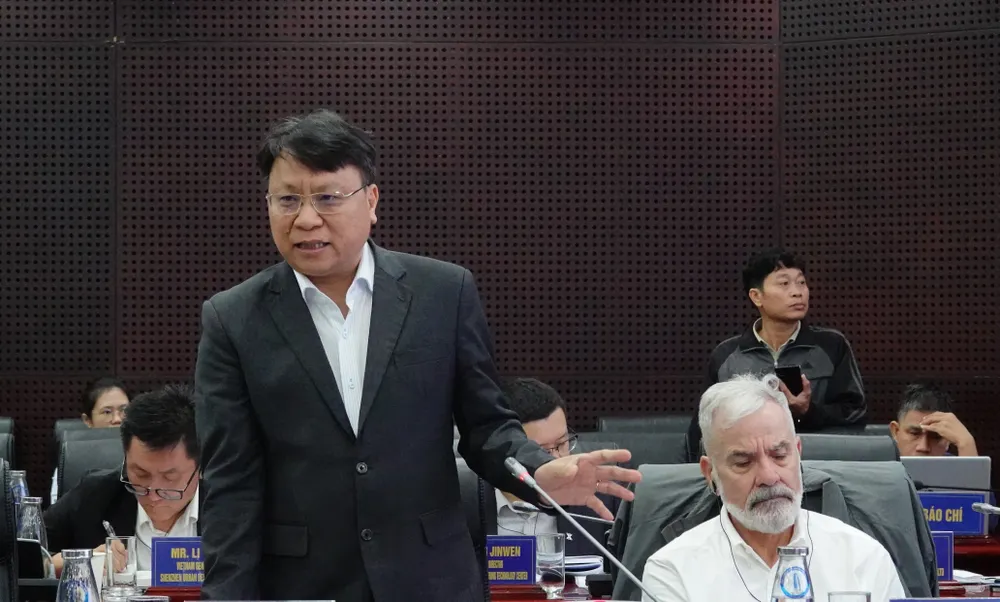
Meanwhile, according to Dr. Nguyen Quoc Hien, Deputy Head of the Ho Chi Minh City Urban Railway Management Board, after more than 12 years of implementation and many months of operation, Ho Chi Minh City has acquired a "real-world data repository" on the planning, engineering, technology, and operation of the urban railway system. Ho Chi Minh City currently plans 1,000km of urban railway, comprising 27 lines, after reviewing and expanding the scope of connections. This is only a summary figure; the unit is currently implementing a comprehensive bidding package to review and adjust it to suit the actual development of the region.
Dr. Nguyen Quoc Hien also suggested that Da Nang should prioritize routes linked to tourism and connecting goods from seaports to industrial zones such as Chu Lai and Dien Nam - Dien Ngoc, because when transportation is efficient, both tourism and industry benefit.
"The biggest lesson for Ho Chi Minh City is that we must think about operation right from the planning stage, so that the metro is truly convenient, efficient, and chosen by the people," Dr. Hien emphasized.
Based on the practical experience of Metro Line 1, Dr. Nguyen Quoc Hien shared six core groups of lessons learned:
First and foremost, land clearance and relocation of technical infrastructure must be carried out promptly, as delays will lead to significant losses in terms of time and costs.
Secondly, technical standards, train types, and operating speeds need to be determined right from the planning stage to ensure compatibility and create conditions for domestic enterprises to participate and move towards the localization of the railway industry.
Legally, he believes that metro projects can only be successful when the legal framework is clear and the hierarchy is strong enough. The obstacles that have delayed Metro Line 1 are largely due to complicated ODA procedures; but with Resolution 188 of the National Assembly and new decrees, the mechanism has been significantly removed, allowing localities to be more proactive in approval, adjustment and disbursement.
Dr. Nguyen Quoc Hien also emphasized the importance of comprehensive consulting and project coordination capabilities, as the metro is a complex interdisciplinary system, and any lack of coordination among contractors will lead to delays. In particular, preparation for the operational phase must be planned from the outset, including establishing an operating unit, training personnel, and connecting the metro with bus routes, parking lots, pedestrian bridges, residential areas, university campuses, and high-tech zones.
Source: https://www.sggp.org.vn/kien-tao-da-nang-dot-pha-tu-ha-tang-duong-sat-do-thi-post819720.html








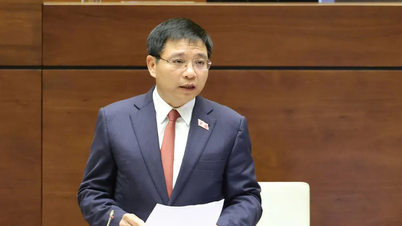
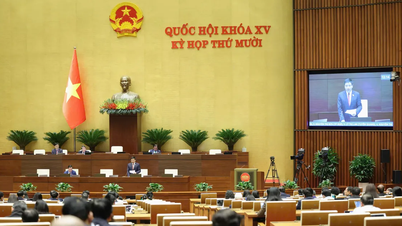
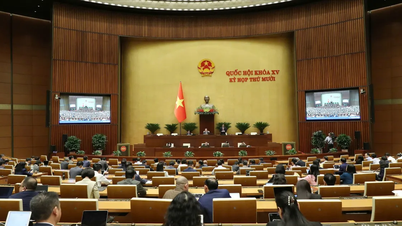
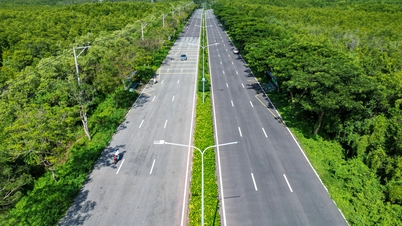

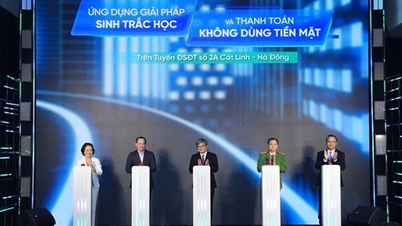

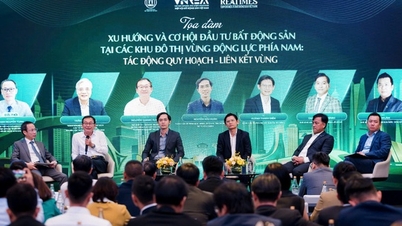



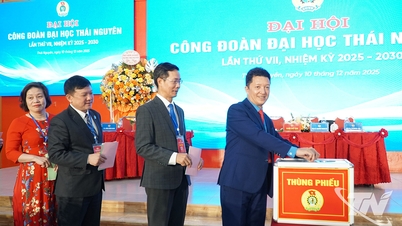



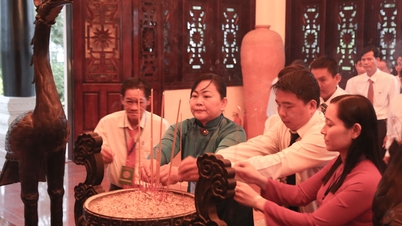

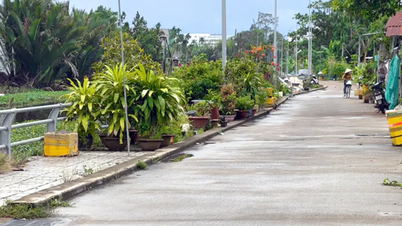







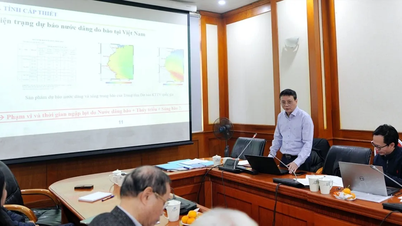
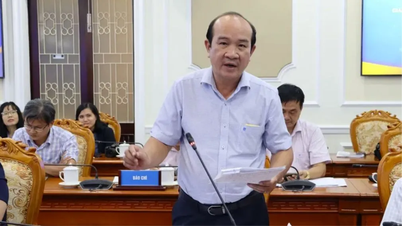


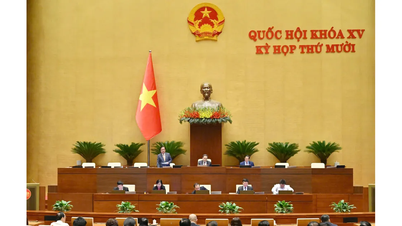
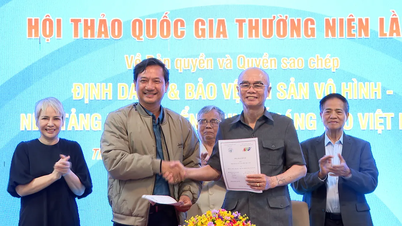


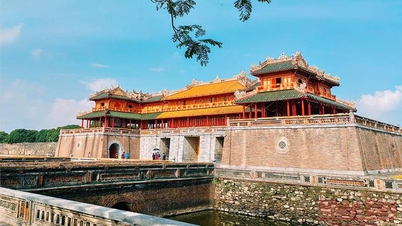


![[Video] The craft of making Dong Ho folk paintings has been inscribed by UNESCO on the List of Crafts in Need of Urgent Safeguarding.](https://vphoto.vietnam.vn/thumb/402x226/vietnam/resource/IMAGE/2025/12/10/1765350246533_tranh-dong-ho-734-jpg.webp)

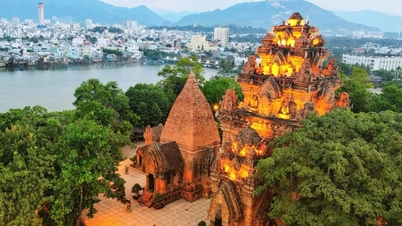



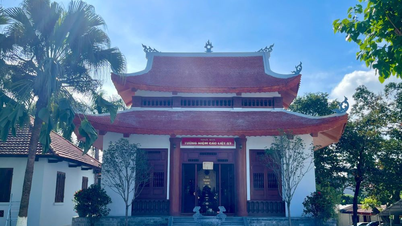










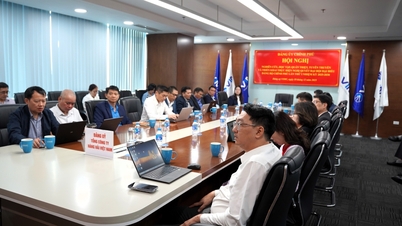



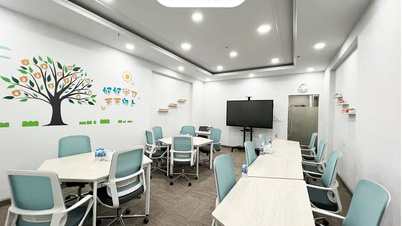








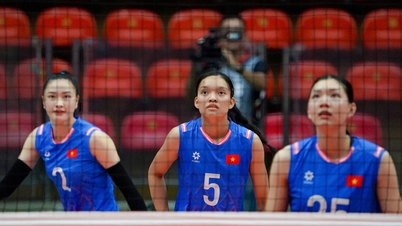




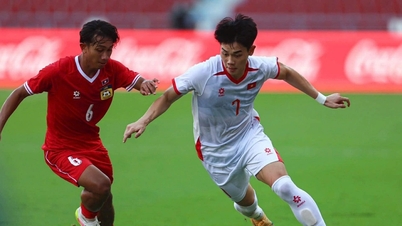


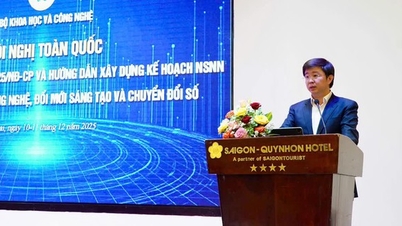

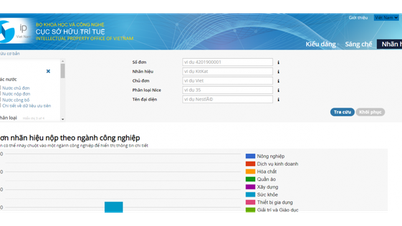
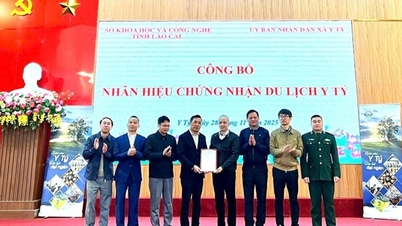


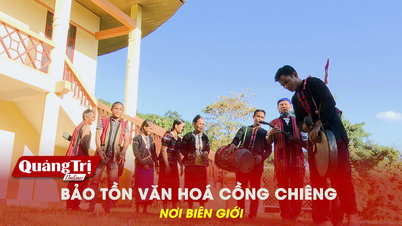


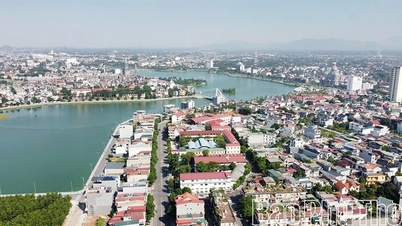



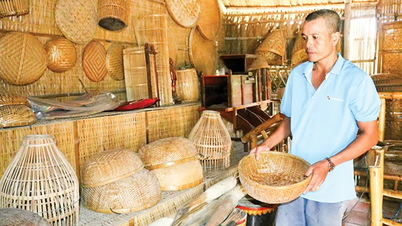



















Comment (0)